Heurteloup - Delvigne
In 1834, Heurteloup obtained British patent number 6611 for his percussion system, followed by the French patent the following year. He then incorporated this percussion system into an internal-percussion rifle, which he called the "Koptipeur mechanism." This name comes from Greek and means "to cut and strike".
In Belgium, Heurteloup's invention was well received. His weapon was adopted in two different versions, but in limited quantities. The Infantry Rifle, Light Infantryman's Rifle (Heurteloup system) was provisionally adopted in 1834, and approximately 2,000 were reportedly manufactured by gunsmiths in Liège around 1838. These rifles were muzzle-loading, smoothbore, with a 17.4 mm (0.685 in) caliber, an overall length of nearly 58 inches, and a weight of approximately 9.9 pounds. They resembled the classic muskets of the era: a round barrel held in place by three spring-loaded, flat bands, a fixed rear sight, and a front sight. A bayonet lug allowed for the attachment of a socket bayonet.
It is generally assumed that these rifles were manufactured by Liège gunsmiths, but it is unknown which manufacturer or manufacturers were responsible for production.
These
rifles were issued to the 1st Regiment of Light Infantry, but it is unknown for
how long they were used.
A more advanced version of the Infantry Rifle, « Chasseur à pied » (Heurteloup system) was adopted by the Belgian Civic Guard under the name of the Carabine de Chasseurs-Eclaireurs de la Garde Civique (système Heurteloup – Delvigne).
The "Civic Guard" (or "Burgerwacht" in Dutch) was the Belgian militia, established in 1830 and part of the Belgian defense system until 1920.
This Carbine was a slightly shorter, lighter, and more
maneuverable version of the infantry rifle. This Civic Guard rifle was rifled
with six narrow, shallow grooves and used a Delvigne breech mechanism. This
breech was slightly smaller in diameter than the caliber and had a raised rim.
It was one of the earliest attempts to use under-caliber ammunition in rifled
weapons, by expanding the bullet to fit the rifling grooves of the barrel.
So, who
was Heurteloup?
Heurteloup was a French physician and urologist with a remarkable talent for invention. He improved various medical instruments, including the lithotrite, a device that paved the way for minimally invasive surgery by enabling the crushing of kidney stones. He also invented an "artificial leech" for performing bloodletting on sensitive areas of the body. Heurteloup was also interested in firearms and developed an automatic firing mechanism, which he described as "a small tube made of soft metal or other fragile material, containing the priming powder".
Interestingly, another physician, Dr. Edward Maynard, filed a patent for a
similar automatic firing mechanism in the United States in 1845, but using a
strip of paper instead of a metal tube.
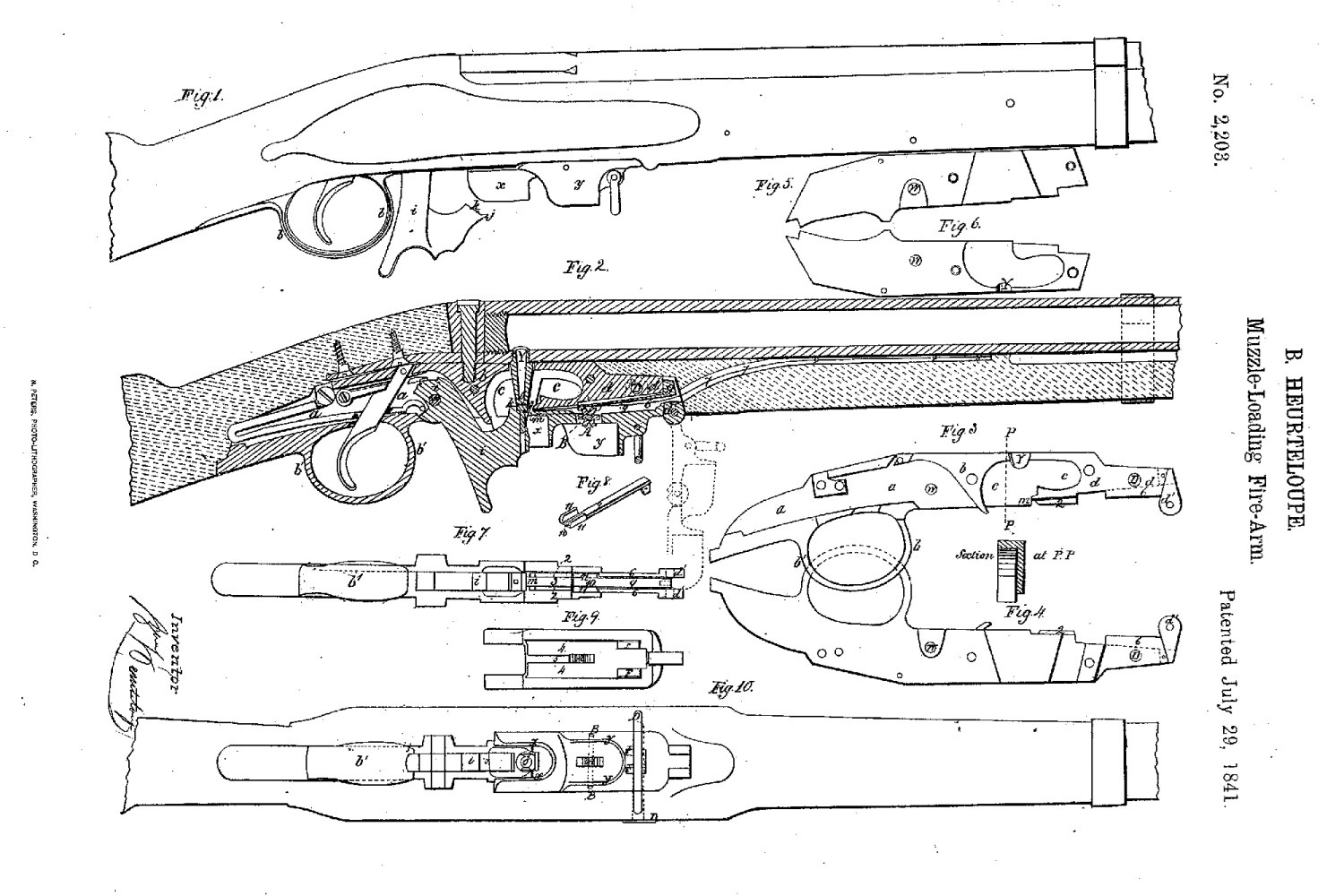


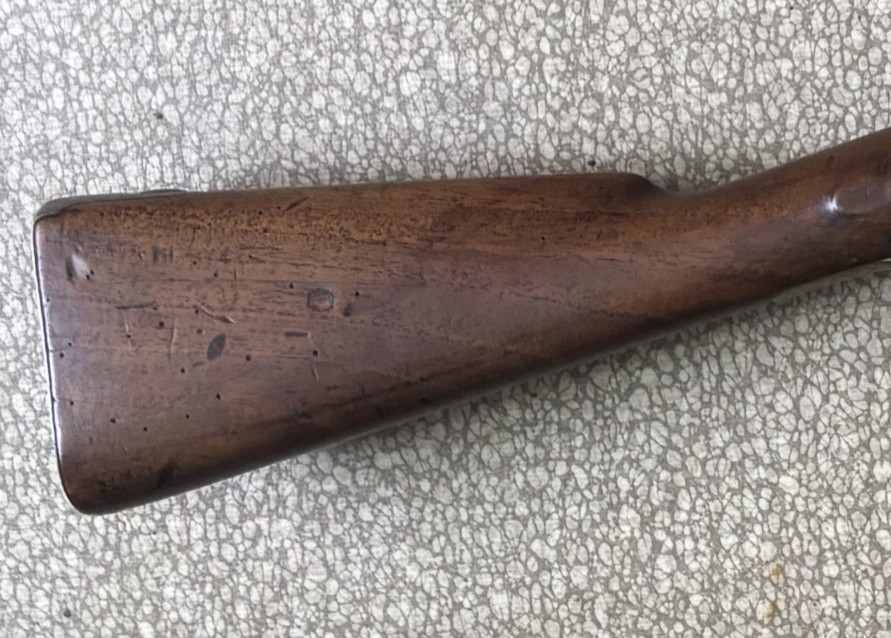
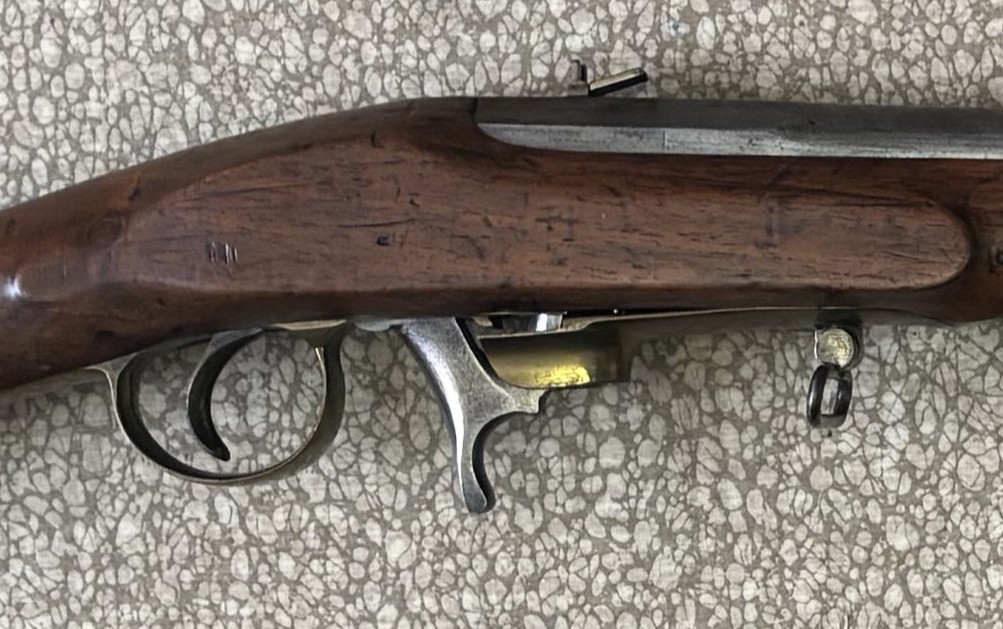
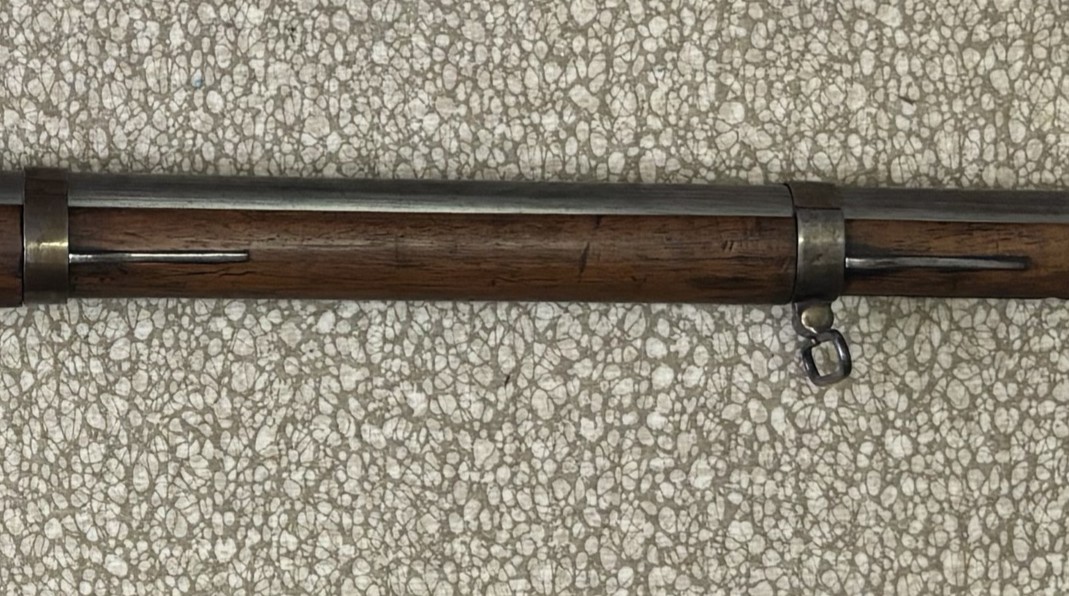
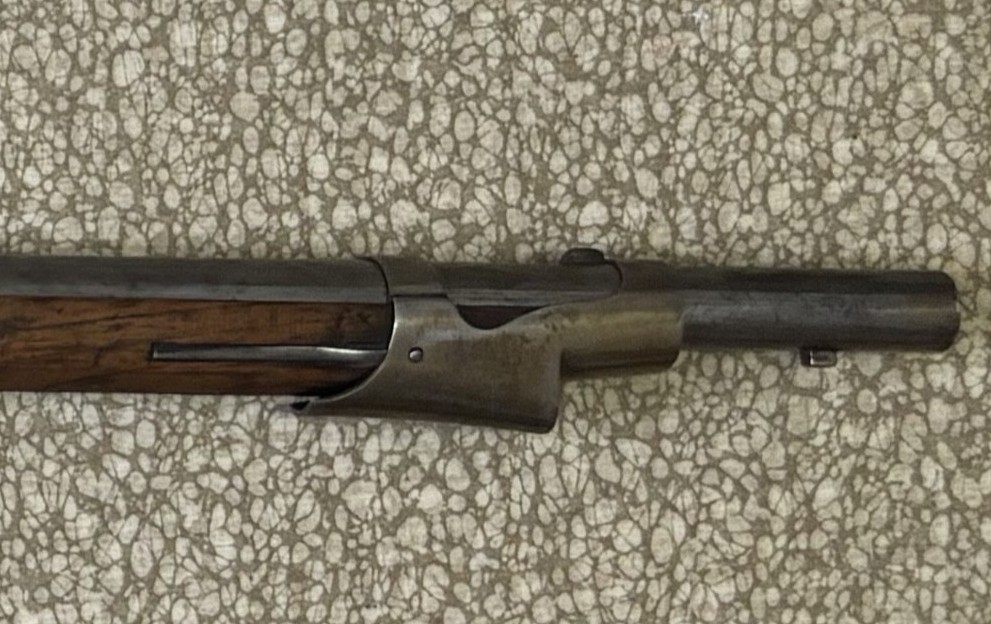
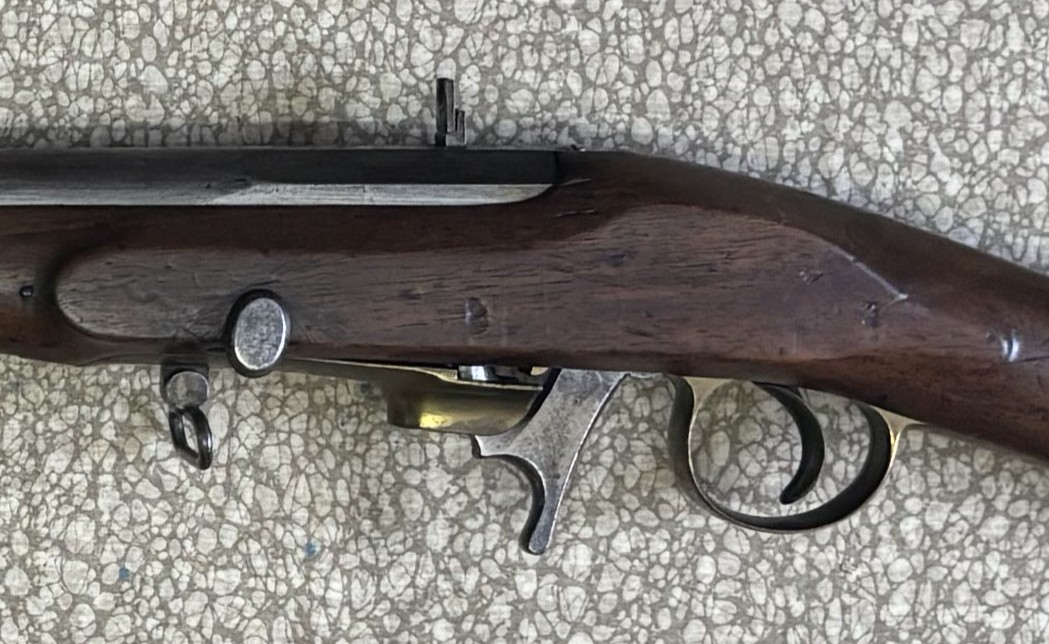
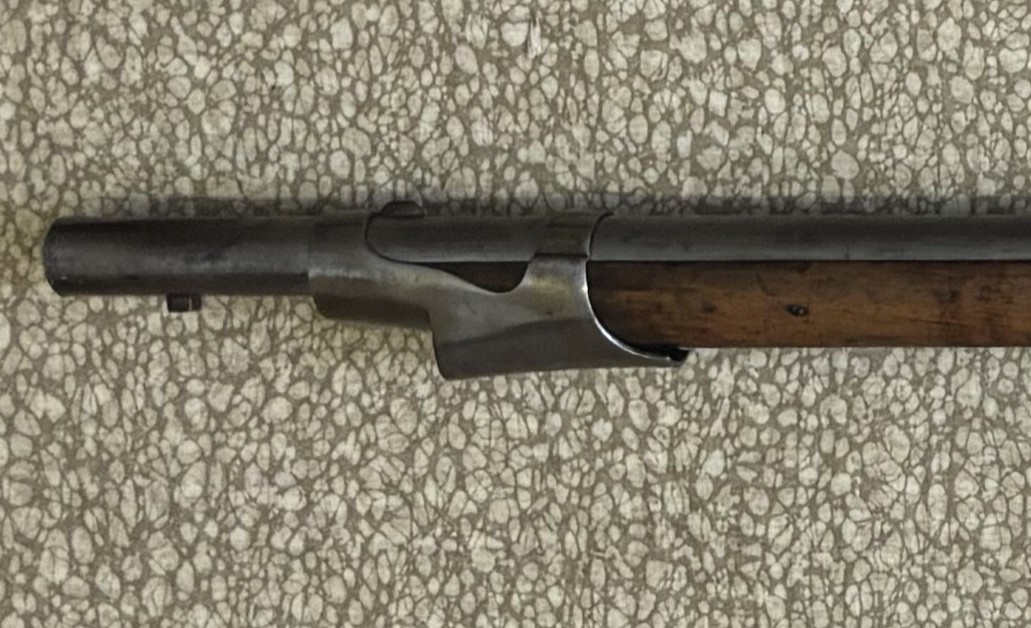

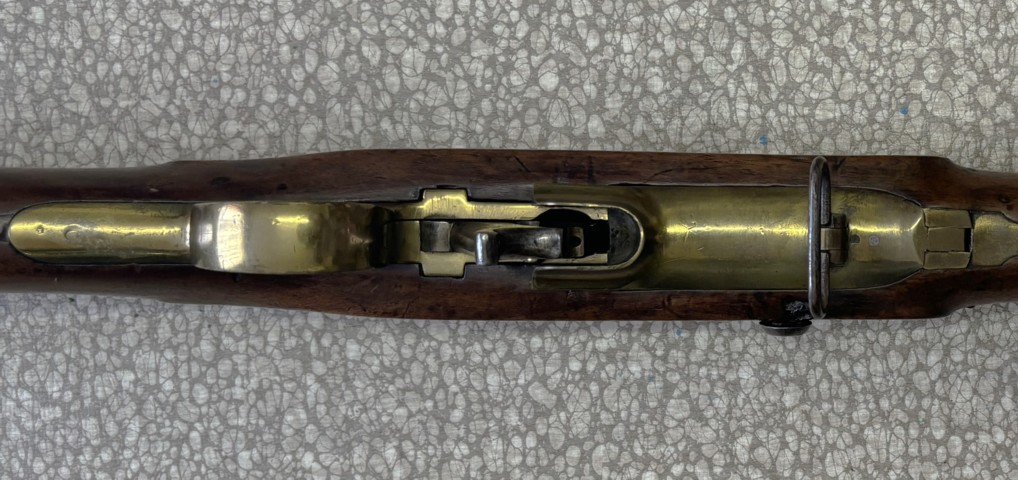
Et voilà un autre Heurteloup !!


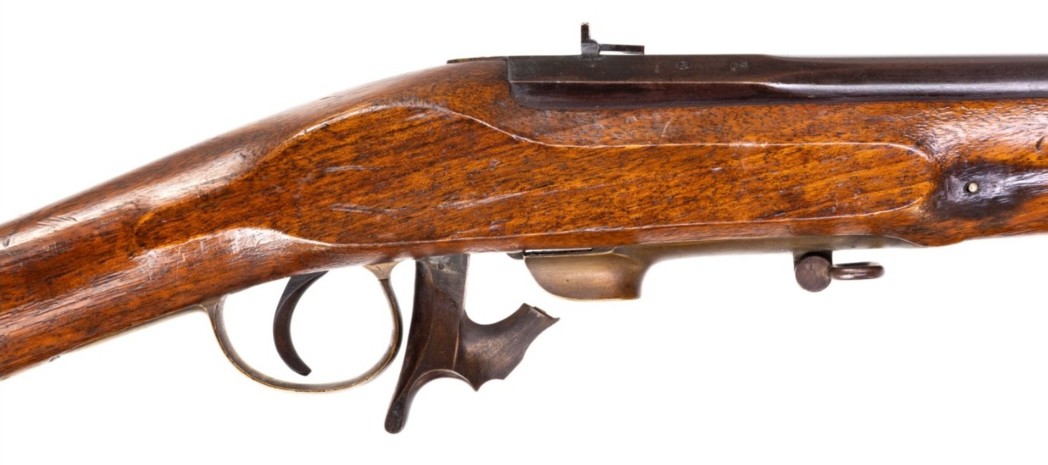


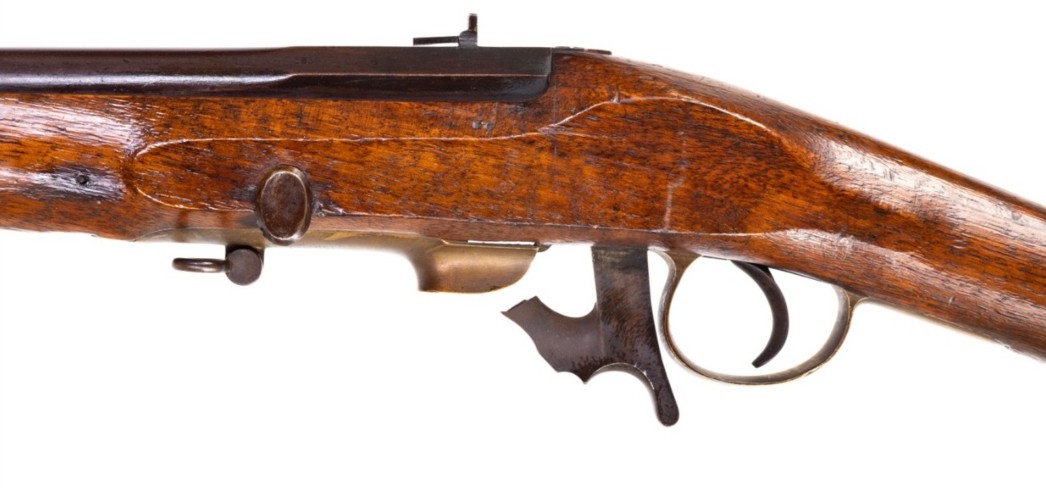
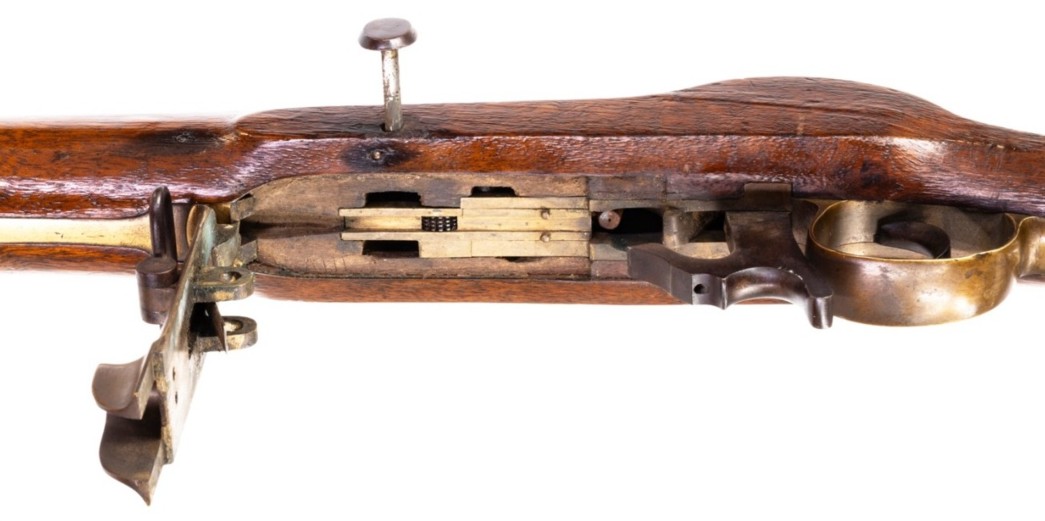
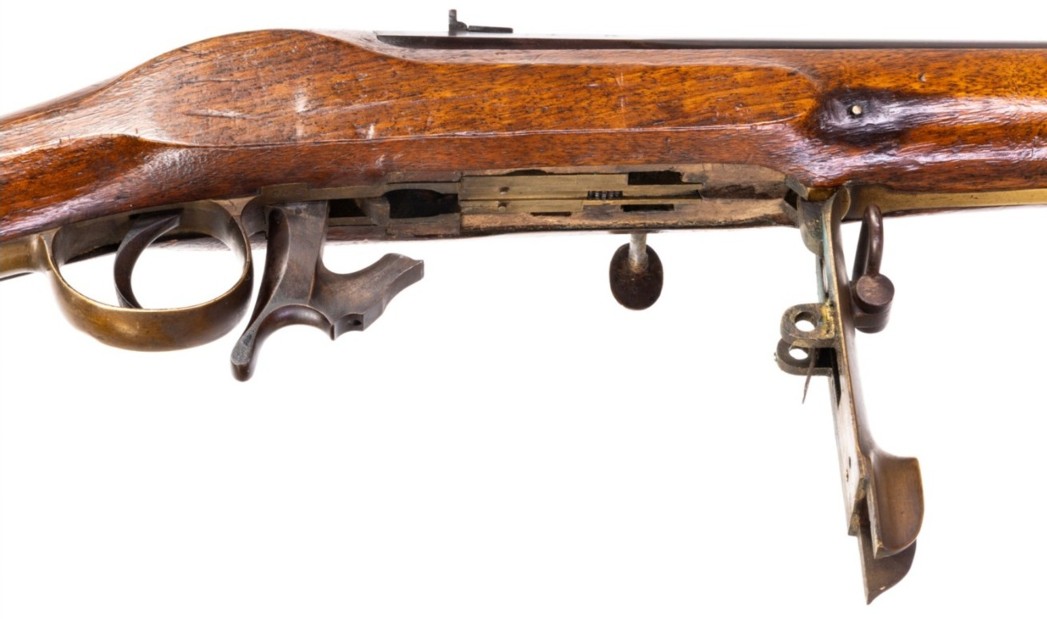
Rifle Heurteloup

This rifle with the HEURTELOUP lock percussion system , caliber17,4 mm, features a self-priming system using a metal ribbon containing Mercury fulminate placed in a groove in front of the lock, in an extension of the barrel. The cocking of the hammer, placed below the bolster, a bit ahead of the trigger guard, activates a small grooved wheel to engage the starting of the ribbon . When pressing the trigger, the hammer cuts a piece of the ribbon by crushing it on the nipple thus causing the ignition of the powder and the shooting of the ball.
The weapon weighs 4 kg 500 and measures 1 m 470.
2.000 of these weapons have supposedly been manufactured by the private industry about 1838 to arm the 1st Belgian Regiment of infantry “Chasseurs à pied”.
GG
Again, referring to the catalogue of the Communal Credit, I should add that Heurteloup was a French baron; moreover it is practically certain that, even if he is really the inventor of this priming system, he did not manufacture the Heurteloup rifle himself, no more than Casper Engh manufactured any Engh rifle, nor Vigneron made the Vigneron M2 machine-gun.
The Heurteloup rifle was produced by a Liège manufacturer. But which one?
Research continues...
MD

Many thanks to the "ROYAL ARMY MUSEUM" Bruxelles for the pictures.
(N° identification : 95/193 Collection of "Comte de Ribaucourt")
Photos Littlegun


